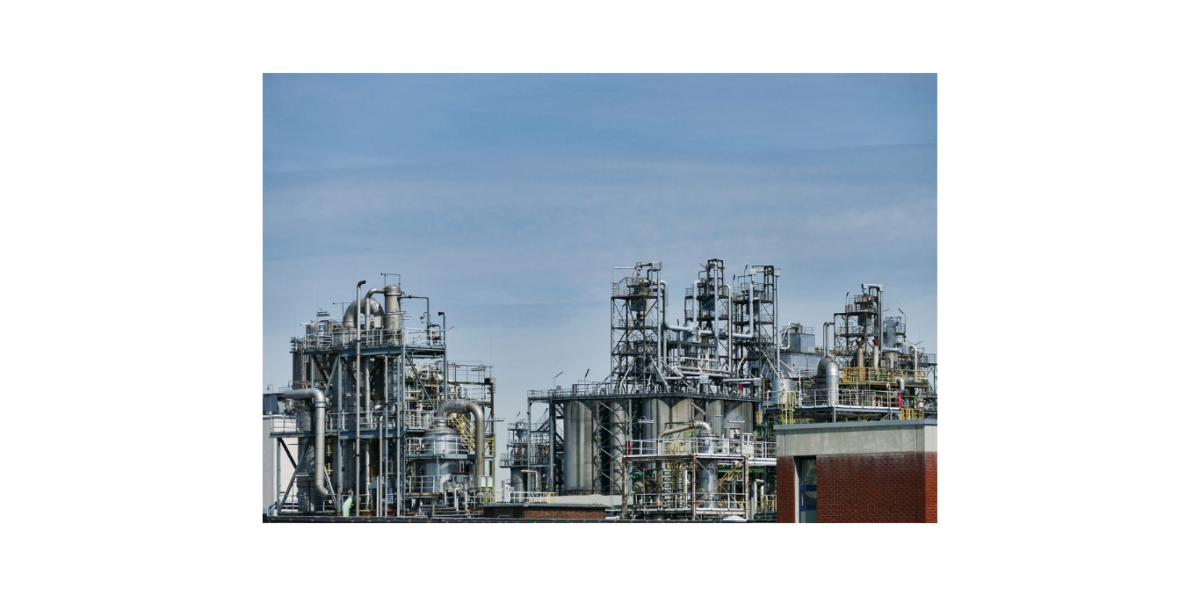Humans have been evolving their habitational preferences from living in secluded self-sufficient locations to co-dependent advanced connected close-knit communities that support large populations in a limited space. Today, we call them cities. A modern city can work smoothly only if it has established a fully-functional transport and infrastructure system. It can sustain a large and thriving population if facilities like medical, sanitation, energy, connectivity, industry, education, and other paraphernalia demanded by modern citizens are met. In that sense, what could be the future expansion plans of cities like Singapore, Dubai, London, New York, and more?
Many of the major metropolitan cities mentioned above are fairly managing to meet the needs of a majority of their dwellers. However, a rising population is the biggest concern for every city in this world today. According to a recent census from the US, New York has over 9 million residents spread across its 302 square mile area, making it one of the most densely populated cities in the world. The population growth is largely unsustainable in major cities across the world. The COVID-19 pandemic, however, did inspire a significant amount of mass exodus to adjacent towns.
Towns turning into new Promised Land
With most of our cities overpopulated and a large chunk of city-dwellers opting for less congested but well-connected townships, the need for new urban development solutions is mushrooming. Governments are pushing for more infra budget for developing these under-developed, under-equipped townships that could deliver similar civic conveniences as the big cities.
The newly preferred hotspots for urban dwellers are tasked with an unusual challenge today. They not only have to address their past and current vulnerabilities in terms of infrastructural developments but also cope with new innovative demands of the migrant big city dwellers. This could range from, bigger hospitals with more advanced equipment to more sprawling parks and educational institutes that meet the current industry standards. The diversity of amenities and the new inflow of skilled service providers in these developing towns is stressing highly on the network infrastructure.
A Digital Solution for the new Digital Space
In this age of globalization, where our generation boasts of making the world smaller and faster, high-speed connectivity and efficient communication platforms play a huge role. Modern communication systems have evolved beyond the possibilities of a human to human interaction and are now leveraging an opportunity for an autonomous communication platform for machines.
With the advent of 5G technology, several new infrastructural developments have been inspired, especially those that are inspired by IoT (Internet of Things) and Machine Learning. Higher bandwidths of connectivity have made it possible to witness technical marvels such as health monitoring systems in hospitals, weather monitoring systems, smart agriculture systems, home automation, factory supervision and even traffic management systems. 5G-powered handheld devices and equipment-mounted devices are communicating with the infrastructure around us and amongst themselves to execute efficient courses of action without our interventions. However, this digital interaction amounts to a huge amount of data storage and analysis, which is why Data Centers are becoming popular today.
With the massive growth of the IT industry in the 90s, the demand for a centralized facility that could permit shared IT operations and equipment became inevitable. This led to the birth of Data Centers. Modern Data Centers have the capacity to compute and store data for almost every enterprise in a small developing country. They have the power to analyze and develop analytics and applications, which is now powering our powerfully booming digital economy. The same digital economy is also becoming a critical aspect of our tier-2 and 3 cities, the new preference of urban dwellers.
Cost of Data Consumption
While we might read this article, browse some videos, make a video call or learn about climate change online, for free; it does come at a cost to the environment. While Data Centers have played a vital role in putting up a strong resilience against the onslaught of the apprehensive COVID-19 pandemic, it has been putting out a large chunk of carbon footprint all these years. As per reports, Data Centers across the world account for more than 2 percent of the global energy supply and consume power that could facilitate any modern developed nation of our time. They are said to be contributing to almost 2 percent of the total global greenhouse gas emissions.
Global data services are expected to grow to USD 60.05 billion in 2022 at a CAGR of 13.85%. The market is expected to further grow to USD 107.13 billion by 2026. While North America is the largest region in the data center services market, Asia-Pacific regions are predicted to be the next big market. Some reports suggest that at this rate, the carbon emissions from the communication and the IT sector could catch up with the aviation, automobile, and energy sectors in the coming years. It is even predicted that by 2040, data centers could account for more than 14 percent of the world’s emissions. With more than 8 million data centers across the globe, the data centers could have the fastest-growing carbon footprint across the IT sector. Considering the fact that even though a little less than half of our world’s population is still offline, the energy consumption of data centers seems to be vaguely doubling every four years.
Considering all the above factors and with a stern intention of making the operations of data centers completely carbon neutral, data center designers are coming out with strategies that could make it power-efficient and cost-efficient while extending its life cycle.
Decarbonizing Data Centers
The major power-consuming component in a data center is the HVAC (Heating, Ventilation, and Air Conditioning) system. During the 90s, Data Centers were reportedly working at 15 to 20-degree celsius. This meant heavier and more powerful HVAC systems leading to heavy power consumption. Current advanced server technology systems are now capable of running at much higher temperatures of about 35 to 38-degree celsius. However, concerns about reliability and performance restrict the operational temperature of most Data Centers to 21 and 26-degree celsius.

This is where innovative Data Center Designers like Meinhardt come in. Meinhardt is one the most esteemed engineering companies in the world. In over 65 years, it has established 51 offices worldwide and operates with over 5,000 employees across the globe. Based out of Singapore, it is one of the largest independent engineering consultancies in Asia. One of its most ambitious projects – Telin Data Centre in Singapore – is a 5-storey data center with a gross floor area of 20,000 sq.m. It was designed and built to meet Uptime Institute’s Tier-3 and Tier-4 standards incorporating a multi-tier design capable of meeting every operational requirement. With a Power Usage Effectiveness (PUE) of 1.5 and IT Power consumption of 15.75 MW, this data center has received a Green Mark Platinum sustainability rating. This is also the world’s first Tier III and IV co-certified data center. With a construction cost of SGD 200 million, the Telin Data Centre was completed in 2016.
World-saving Data Centers
Accomplished Data Center designers like Meinhardt have incorporated a 3-prong approach in the design of Data Centers. They use some of the latest technological disruptions in the AEC (Architecture, Engineering and Construction) industry like BIM(Building Information Modeling) and Virtualisation. This tool aids in coordination and clash detection, which further reduces the margin of error. In their quest for the most power-efficient data centers, the engineers at Meinhardt have incorporated some of the most advanced cooling solutions such as ‘immersion cooling’ and ‘Direct to Chip’ cooling. As part of its sustainability commitments, each design focuses on giving control to the owners and operators to analyze power transparently and optimize it while identifying and addressing the inefficiencies at the design stage itself.
Some of the tier-IV Data Centers from Meinhardt include Telehouse CCC Data Centre (Hong Kong), HSBC Data Centre (Hong Kong), Credit Suisse Data Centre (Singapore), and Global Switch Data Centre (Hong Kong). Some of the tier-III rated Data Centers from Meinhardt include Jebel Ali Data Centre (Dubai), Kizad Data Centre (Dubai), Global Switch Data Center (Singapore), Pacnet New Data Center (Hong Kong), Sila Data Center (Thailand), Tellus 2 Modular Data Center (Thailand), GH Bank Data Center (Thailand). Other notable mentions are Government Data Centre Complex (Hong Kong), Barclays Data Center (India), Telstra Data Center (Australia), and Melbourne University Datahall 1 & 2 (Australia). The Data Center industry is continuously upgrading with systems incorporating newer technologies with lower power consumption. As per studies, on average 47 percent of data centers are refreshing their systems every 1-3 years and another 28 percent every 4-5 years. This again is turning out to be a huge provider to the market. The upgradation process mostly involves the replacement of server sub-systems such as compute, memory, fans, power supplies, chassis and many more. The replacement or upgradation time of each component varies as per the lifecycle and the availability of the latest innovations. The speed of technological innovations is so rapid that memory modules are changed in every 2 years while the power supplies are upgraded every 8-10 years. Sub-system level upgrades is helping the data center industry to reuse longer life cycle elements, which would further reduce the amount of e-waste production.
Blog by Ujal Nair

















